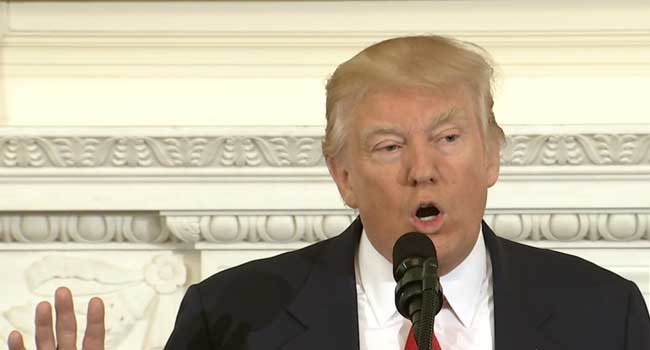
Trump Proposes $54 Billion Hike in National Security Spending
President Donald Trump’s first budget proposal will look to increase defense and security spending by $54 billion and cut roughly the same amount from non-defense programs, the White House announced Monday.
The budget blueprint, which was send to government agencies on Monday, would increase defense spending to $603 billion and decrease non-defense discretionary spending to $462 billion, Office of Budget Management director Mick Mulvaney said.
“This budget will be a public safety and national security budget,” Trump said at a bipartisan gather of US governors at the White House, he vowed substantial increases in defense, law enforcement and infrastructure spending.
Mulvaney explained at the White House Press Briefing that this is the “Pass Back” phase of the budget, which while begin in October, the beginning of the 2018 fiscal year. During the Pass Back time, agencies and organizations receive their “top” number and are able to speak with the budget department if that number needs to be negotiated.
The majority of “lower priority programs and most federal agencies” will see a reduction in their budget as a result of the proposal to give more money to the defense programs. Mulvaney said those cuts will come through “unauthorized programs” and places “where there is duplication, where consolidation needs to occur.”
Mulvaney said that the budget reflects the President’s words on the campaign trail.
“The reductions and numbers that you see are reflected in speeches that the President has given in the past,” Mulvaney said. “We are turning those words into policies.”
Mulvaney also let it be known that some of the money in the budget will be allocated towards paying for the US-Mexico border wall proposed by Trump on the campaign trail. He said that the additional funding will be made available through secondary supplements.